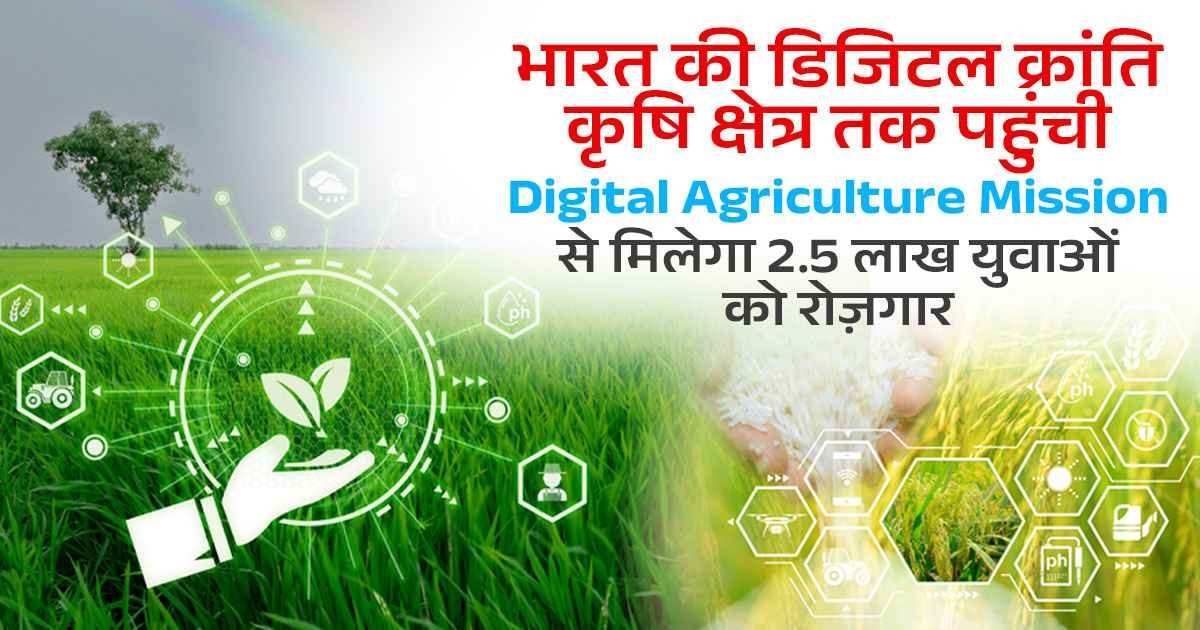
India digital transformation has significantly improved governance and service delivery across sectors such as finance, healthcare, education, and retail. This advancement has established India as a global leader in citizen-focused digital solutions, enabling the creation of digital identities and secure payment systems. To achieve similar success in the agriculture sector, the Union Cabinet, led by Prime Minister Narendra Modi, approved the 'Digital Agriculture Mission' on September 2, 2024, with a financial allocation of Rs. 2,817 crore, including Rs. 1,940 crore from the central government.
The Digital Agriculture Mission is structured as a comprehensive scheme to encompass and support multiple digital initiatives in the agriculture sector. Its key pillars include the creation of Digital Public Infrastructure (DPI), implementation of the Digital General Crop Estimation Survey (DGCES), and IT initiatives by central and state governments, as well as academic institutions.
The Digital Agriculture Mission aims to create digital identities for 11 crore farmers over the next three years. Additionally, the nationwide Digital Crop Survey will cover 400 districts by FY 2024-25 and all districts by FY 2025-26. The mission will improve service delivery for farmers, providing them with real-time advisories, access to crop loans, and streamlined government services.
The initiative also promises to create employment opportunities for around 2,50,000 trained local youth and Krishi Sakhis, contributing to rural development.
As part of the Union Budget 2024-25, Finance Minister Nirmala Sitharaman announced that Digital Public Infrastructure for agriculture will be rolled out over the next three years. The initiative will encompass farmers and their lands, with a digital crop survey scheduled for 400 districts this year.
Conclusion: The Digital Agriculture Mission, along with other government initiatives, aims to modernize India's agricultural sector through technology. By leveraging data analytics, AI, and remote sensing, the mission will boost productivity, transparency, and efficiency, enhancing the lives of millions of farmers. This comprehensive approach will help India solidify its position as a leader in technology-driven agricultural solutions.